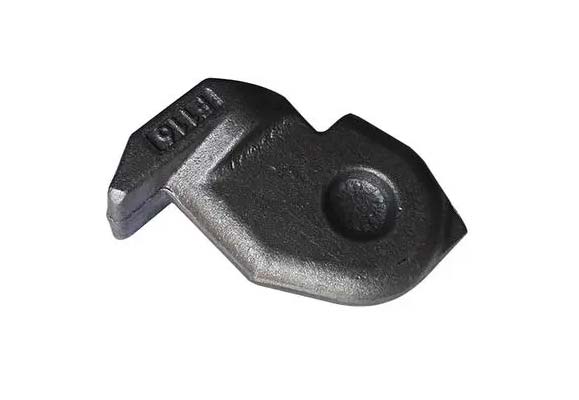- Contact Innally, Let you purchase forgings in China more favorable prices, products more assured!
- Hotline:+(86)15038323776 Email:innally@innally.com
How to check the quality of Marine forgings?
- Category: Marine engineering forgings, Steel forgings
- |
- Date: 11/10/2023
In the quality inspection of Marine forgings, it is necessary to choose the appropriate inspection method and inspection standard according to the specific type of forgings and the use environment. In general, for each batch of forgings, appearance testing and non-destructive testing are required to ensure its quality and reliability. For the important parts of the forgings, it is also necessary to carry out mechanical property testing and metallographic analysis to ensure that it has excellent performance and metallurgical quality.
Product Details
As a key part, Marine forging plays an important role in shipbuilding, and its quality directly affects the safety and normal operation of the ship. Therefore, the quality inspection of Marine forgings is an important link in the process of shipbuilding. The following are some commonly used quality inspection methods:
Appearance inspection: Appearance inspection is one of the most basic methods for quality inspection of Marine forgings. By observing the appearance of the forging, it can be found whether there are cracks, pores, inclusions and other defects on the surface of the forging. At the same time, the appearance inspection can also check whether the forging size meets the design requirements, and whether there are residual burrs.
Non-destructive testing: Non-destructive testing is a method of quality testing without damaging the forging. The common nondestructive testing methods include ultrasonic testing, X-ray testing, magnetic particle testing, eddy current testing and so on. These methods can find the defects and problems existing in the forging, such as cracks, pores, porosity, inclusions, etc., and can assess the nature and size of these defects.

Mechanical properties testing: Mechanical properties testing is one of the important methods for quality testing of Marine forgings. By testing the mechanical properties of forgings, we can evaluate whether the strength, toughness, hardness and other indicators of forgings meet the design requirements. The commonly used mechanical properties testing methods are tensile test, impact test, hardness test and so on.
Metallographic analysis: Metallographic analysis is a method of analyzing the internal microstructure of forgings by observing their slices. Through metallographic analysis, the metallurgical quality, grain size, carbide distribution and other indicators of forgings can be evaluated, and then the toughness and durability of the forgings can be judged.
In the quality inspection of Marine forgings, it is necessary to choose the appropriate inspection method and inspection standard according to the specific type of forgings and the use environment. In general, for each batch of forgings, appearance testing and non-destructive testing are required to ensure its quality and reliability. For the important parts of the forgings, it is also necessary to carry out mechanical property testing and metallographic analysis to ensure that it has excellent performance and metallurgical quality.
nannan
INNALLY mainly provides you with various types of cast and forged parts products. Welcome your inquiries! innally@innally.com
Related Products
Search
Forging center
- Steel forgings
- Aluminium alloy forging
- Titanium alloy forging
- Stainless steel forging
- Copper forging
- Automotive forgings
- Locomotive forging
- Bicycle forgings
- Motorcycle forging
- Rigging and fasteners
- Bearing forging
- Electric power fittings
- Marine forging
- Mechanical forgings for metalworking
- Mining machinery forgings
- Marine engineering forgings
- Construction machinery forgings
Popular product

© 2025. All Rights Reserved.






